Lesson 2: Forming new types of fields
After more than 1 year of implementing the Project (PDP) Sustainable Development of 1 million hectares of high-quality and low-emission rice cultivation associated with green growth in the Mekong Delta by 2030, the rice fields in the province have gradually put on a new, modern, synchronous and sustainable green "coat". Not only is it a change in farming methods, the PDP also brings about a comprehensive transformation in appearance, infrastructure and ecological environment in key rice production areas.
Automatic water level sensors are installed in the fields implementing the Project.
Greener, cleaner fields
In many fields, there is no longer widespread spraying of pesticides or fertilizing based on intuition. Thanks to the application of smart farming processes such as “3 reductions, 3 increases”, “1 must, 5 reductions”, the amount of seeds, fertilizers and pesticides is significantly reduced, thereby helping to protect the soil, water and air.
Director of Hung Phat Agricultural Service Cooperative (Hung Dien commune, Tan Hung district) - Vo Van Cop said: “In the Summer-Autumn crop of 2025, the District Agricultural Extension and Agricultural Services Center selected the cooperative as a point to implement the DA with an area of 25 hectares, with 7 participating members. Currently, the rice crop is 40 days old, growing well, only rice blast disease appears but at a low rate. Up to this point, all areas participating in the DA have reduced 3 times of spraying pesticides and reduced 50kg of fertilizer/ha compared to outside the model. Farmers participating in the DA are very excited because it promises a bumper crop”.
Previously, farmers worked on their own without close coordination. But when participating in DA, farmers discussed pumping and draining days to simultaneously apply the alternating flooding and drying irrigation model. Thereby, saving 20-30% of irrigation water, limiting methane emissions - a greenhouse gas with a heat capacity dozens of times higher than CO₂. The fields became "cleaner", microorganisms in the soil recovered, and beneficial insects gradually returned.
Mr. Nguyen Van Anh - a member of Hung Phat Agricultural Service Cooperative, shared: “Pumping water simultaneously helps save costs and reduce labor. Water does not leak into other fields, and golden apple snails are controlled. Sowing rice simultaneously also limits rats from destroying rice.”
Modern machinery and equipment are present throughout the fields. The scene of farmers “selling their faces to the ground and their backs to the sky” is gradually disappearing because the fields are almost completely mechanized in all stages of cultivation. Rice transplanters, seeders, pesticide spraying drones, combine harvesters, etc. are becoming increasingly popular. Using smart devices not only helps reduce labor but also increases productivity, ensuring uniformity in rice quality. Notably, many areas are also piloting the use of sensors, weather stations, and production management software to optimize the cultivation process.
Vice Chairman of Tan Thanh District People's Committee - Le Phuoc Ven informed: "Currently, the whole district is implementing 9 models with a total area of over 100 hectares in 9 communes participating in the Project on Sustainable Development of 1 million hectares of high-quality and low-emission rice cultivation associated with green growth in the Mekong Delta by 2030. The areas participating in the Project are all 100% mechanized. In particular, farmers also keep field diaries, actively participate in training courses on science and technology transfer, and learn from the experiences of the Project's models. This shows that the Project is bringing positive effects, creating a great spread to the community. The district strives to have 2,640 hectares of rice participating in the Project by 2030".
Forming a green production ecosystem
One of the notable changes is the utilization of post-harvest waste. Straw is no longer burned but is collected to compost organic fertilizer, grow mushrooms or sell to biomass energy production enterprises, contributing to reducing air pollution and increasing income for farmers.
Head of the Department of Agriculture and Environment of Thanh Hoa district - Nguyen Kinh Kha said: “Previously, straw after harvest was often burned, which was both wasteful and caused air pollution. When participating in DA, farmers gradually changed their awareness. In the last Winter-Spring crop, farmers in the district collected nearly 60% of the straw after harvest. In the coming time, the district will coordinate with cooperatives to expand the model of collecting and processing by-products, aiming for a circular, low-emission agriculture.”
Production models are also gradually linked to the value chain: Rice is traced from seed selection, cultivation, harvesting to processing and consumption. Thanks to that, the field is not only a place for planting but also an important link in the modern, sustainable agricultural chain.
General Director of MTK Huu Thanh Joint Stock Company - Truong Thanh Trung said: "In Long An , the company supports border-effect seeding machines combined with buried fertilizer for 8 pilot models of the province. During this time, the company is ready to provide technical support to farmers, committed to providing optimal nutritional solutions, suitable for the soil characteristics of each region and ensuring stable growth of crops".
From above, the rice fields in the DA region look like a uniform, orderly and vibrant green carpet. It is not just a change in landscape but the result of a transformation process from awareness, practice to production organization. The “1 million hectare” DA is turning traditional fields into “new-style fields” - a place where technology, modern management and sustainable agricultural ecology converge. This is the foundation for the Vietnamese rice industry to grow stronger in the global value chain./.
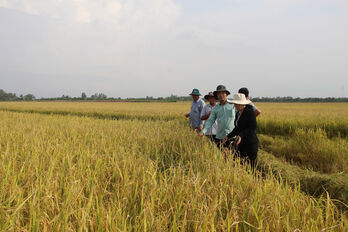 | Project of 1 million hectares of high-quality, low-emission rice: 'Revolution' in the fields: Old fields, new thinking (Part 1) The agricultural sector is facing challenges from climate change and increasing demands for agricultural product quality. Long An is one of the pioneering localities in implementing the "revolution" in the fields. |
(to be continued)
Bui Tung - Le Ngoc
Lesson 3: The farmers' effective assistants
Source: https://baolongan.vn/de-an-1-trieu-hacta-lua-chat-luong-cao-phat-thai-thap-cuoc-cach-mang-tren-dong-ruong-hinh-thanh-nhung-canh-dong-kieu-moi-bai-2--a196056.html


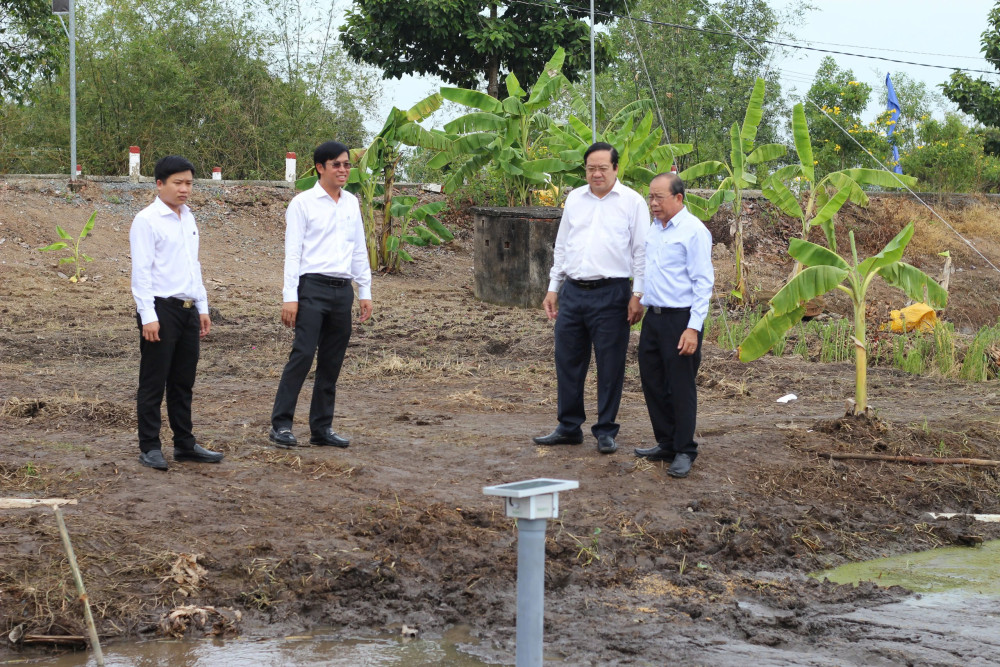
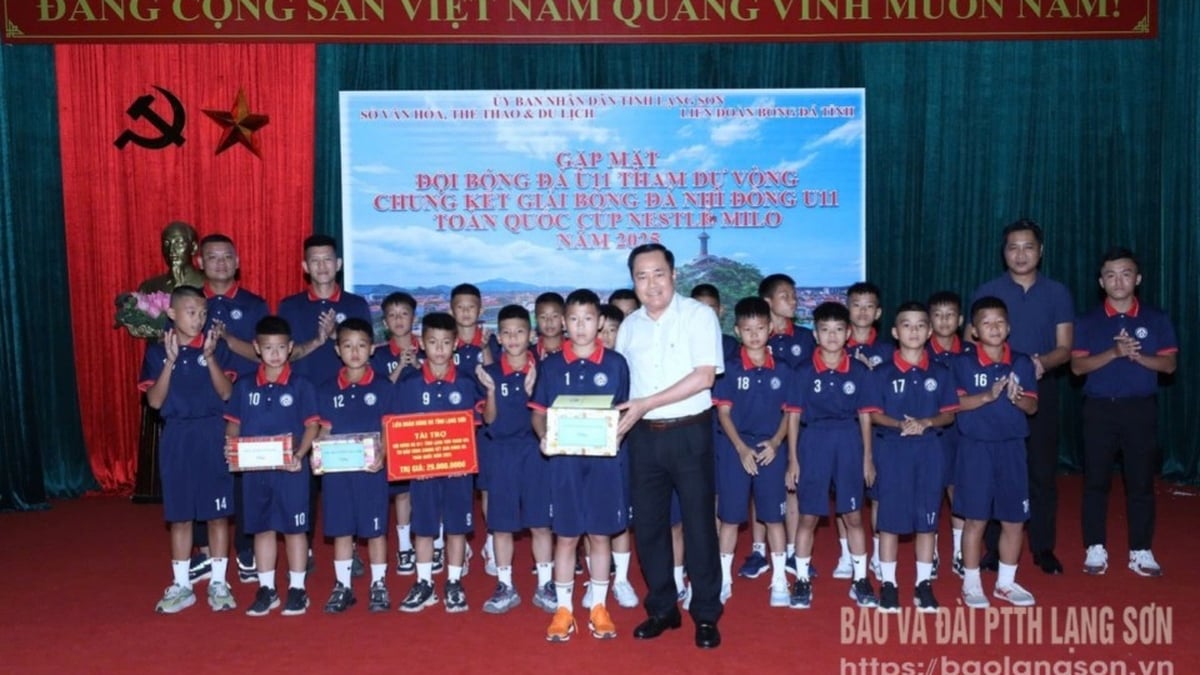
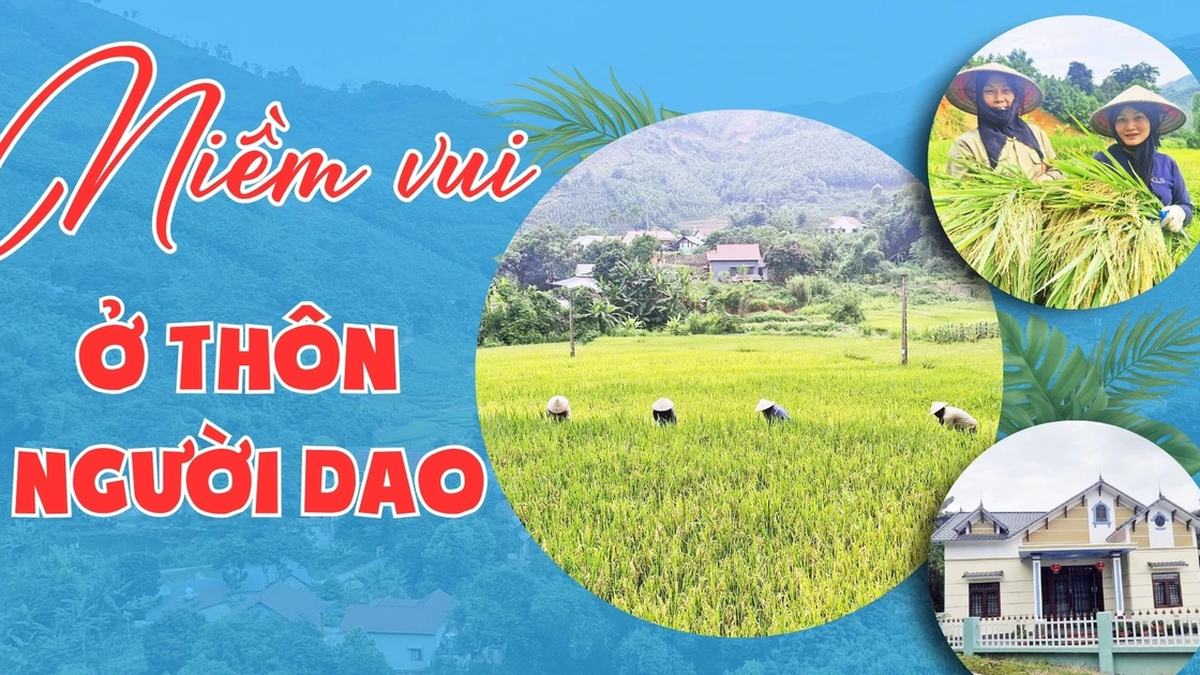
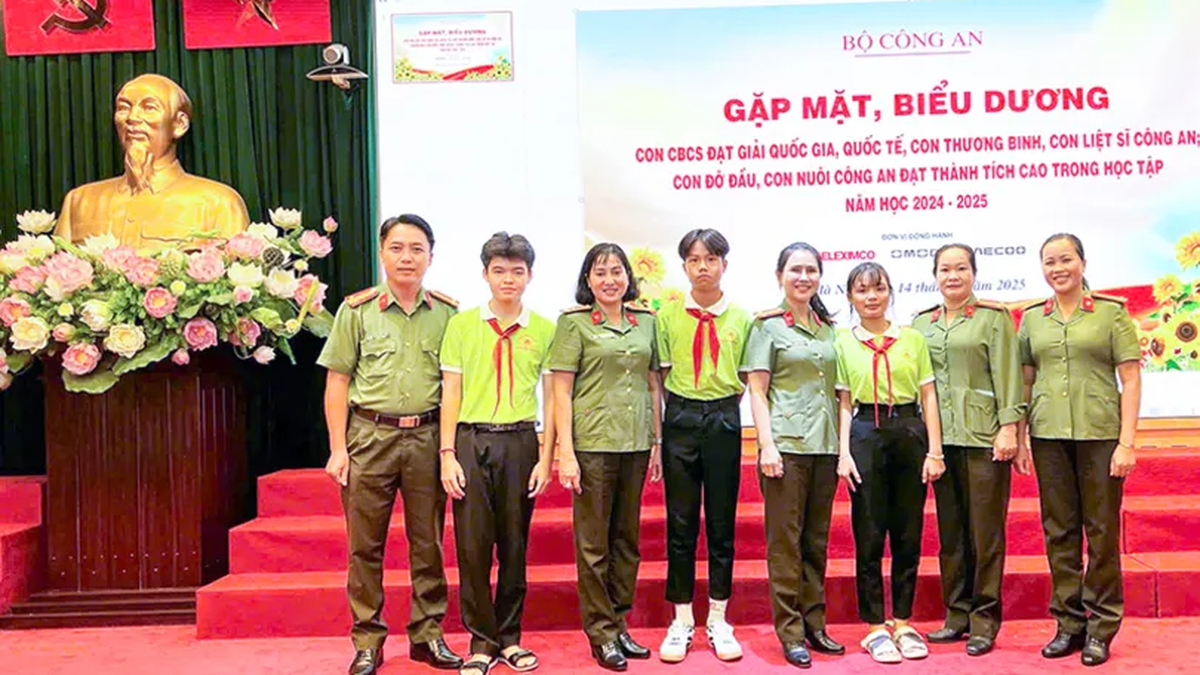
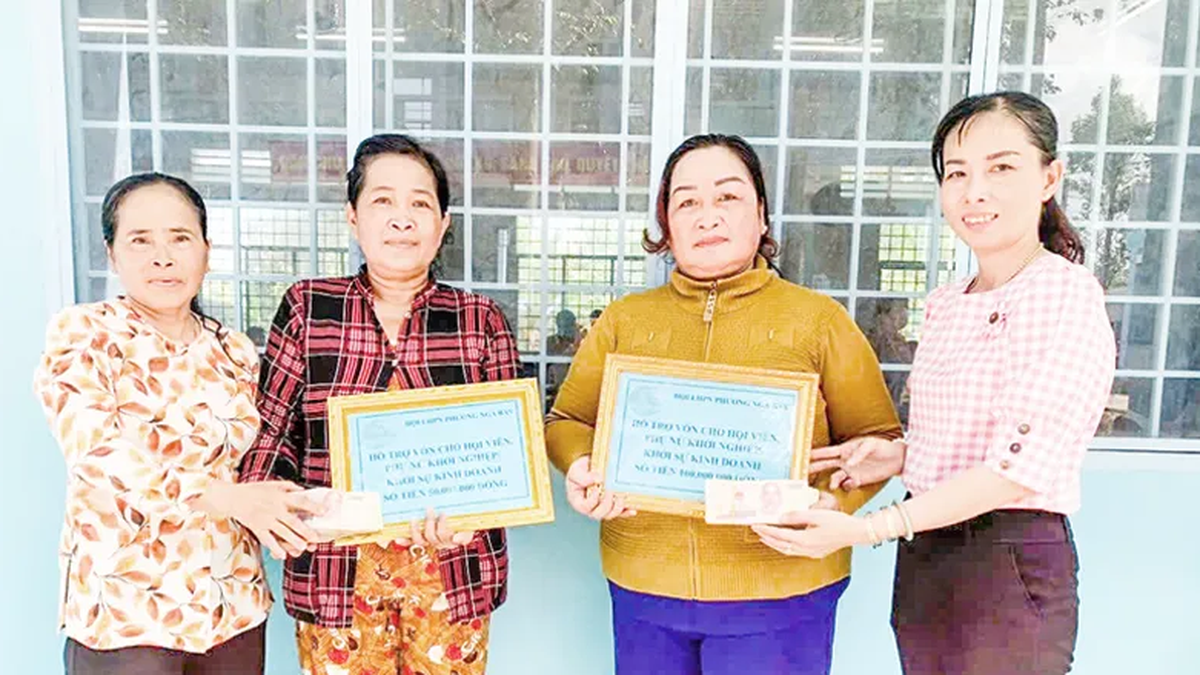
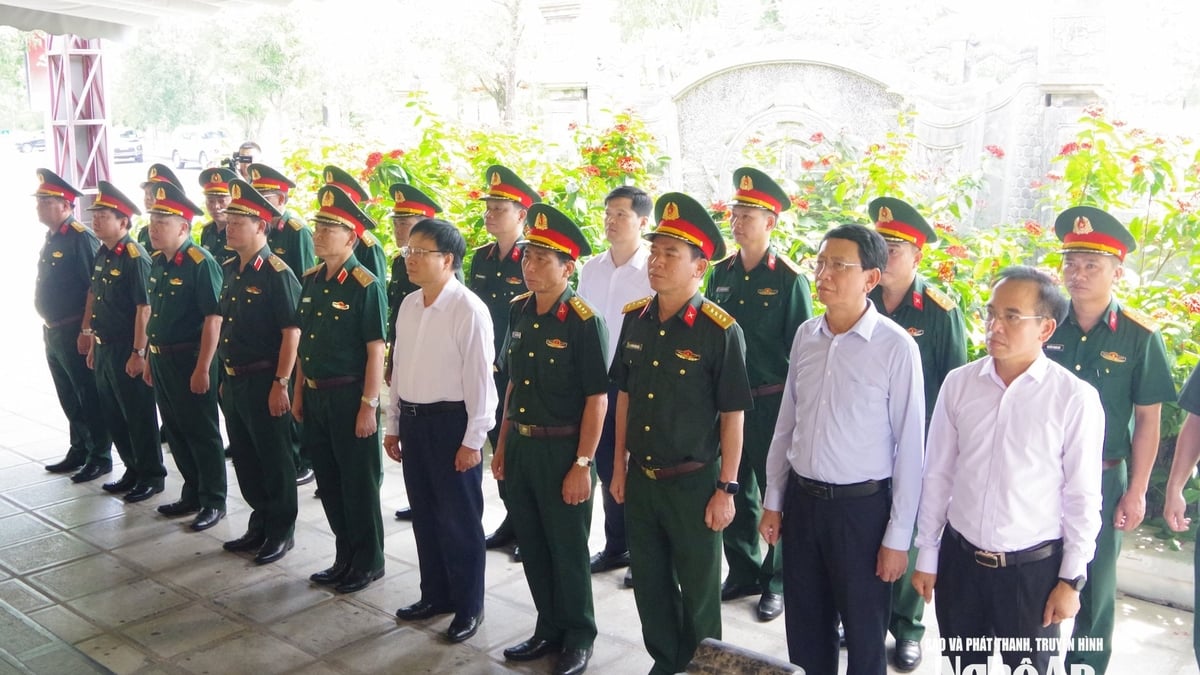
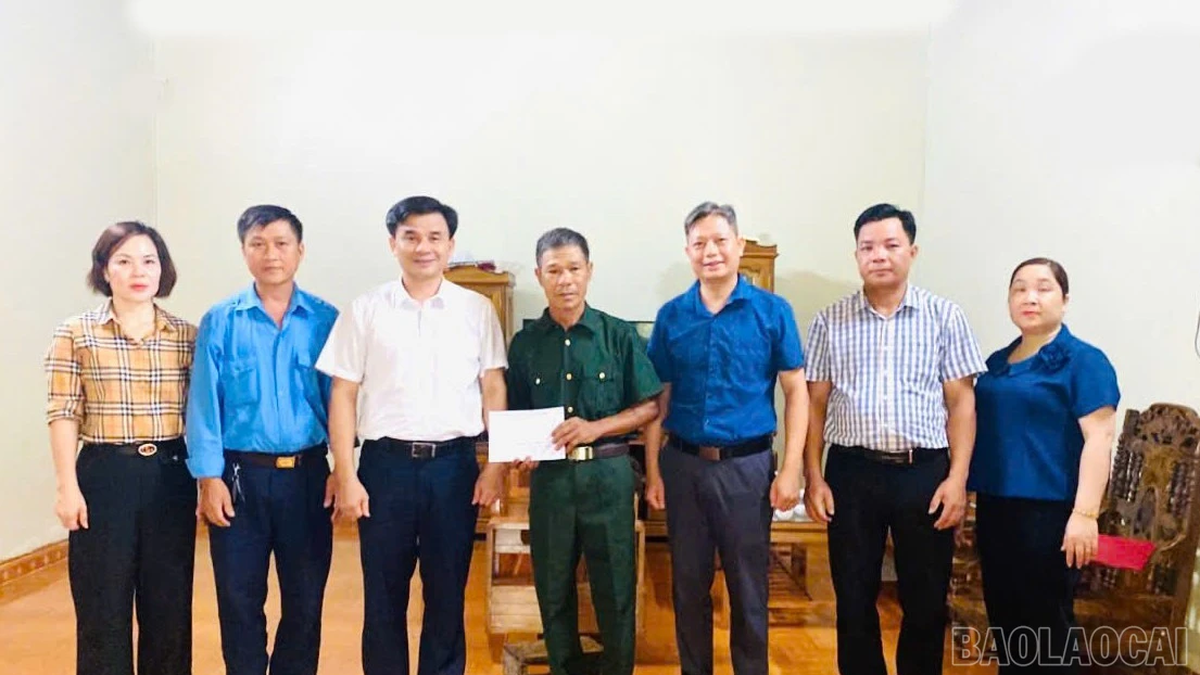
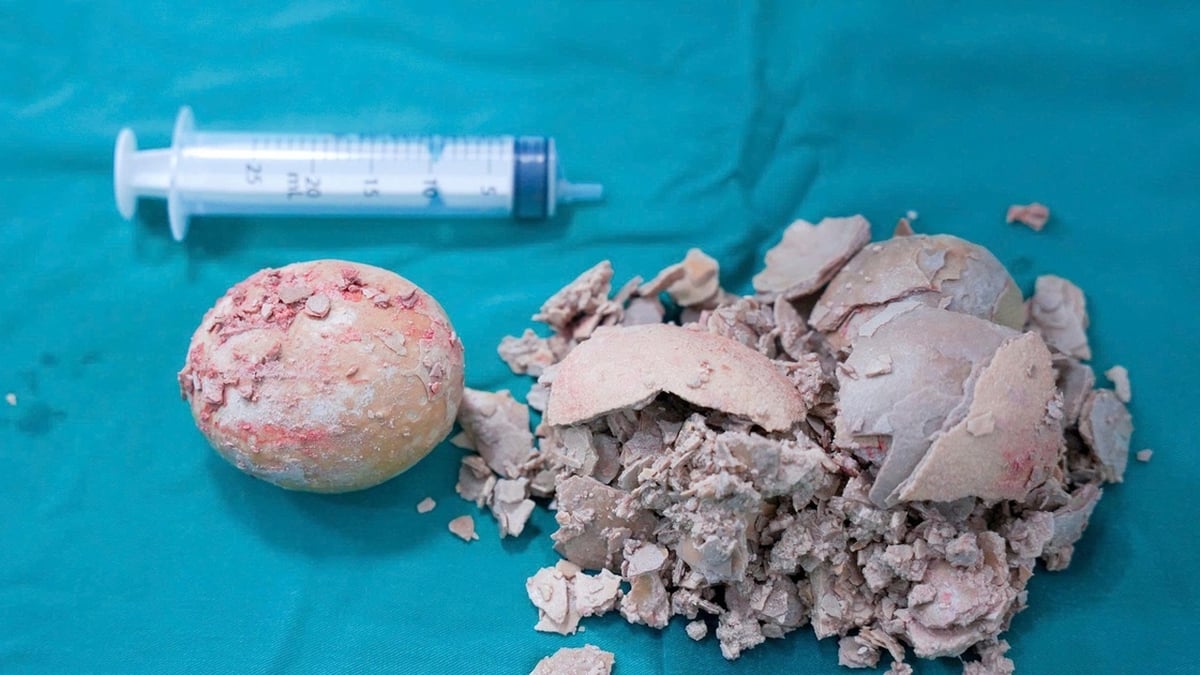
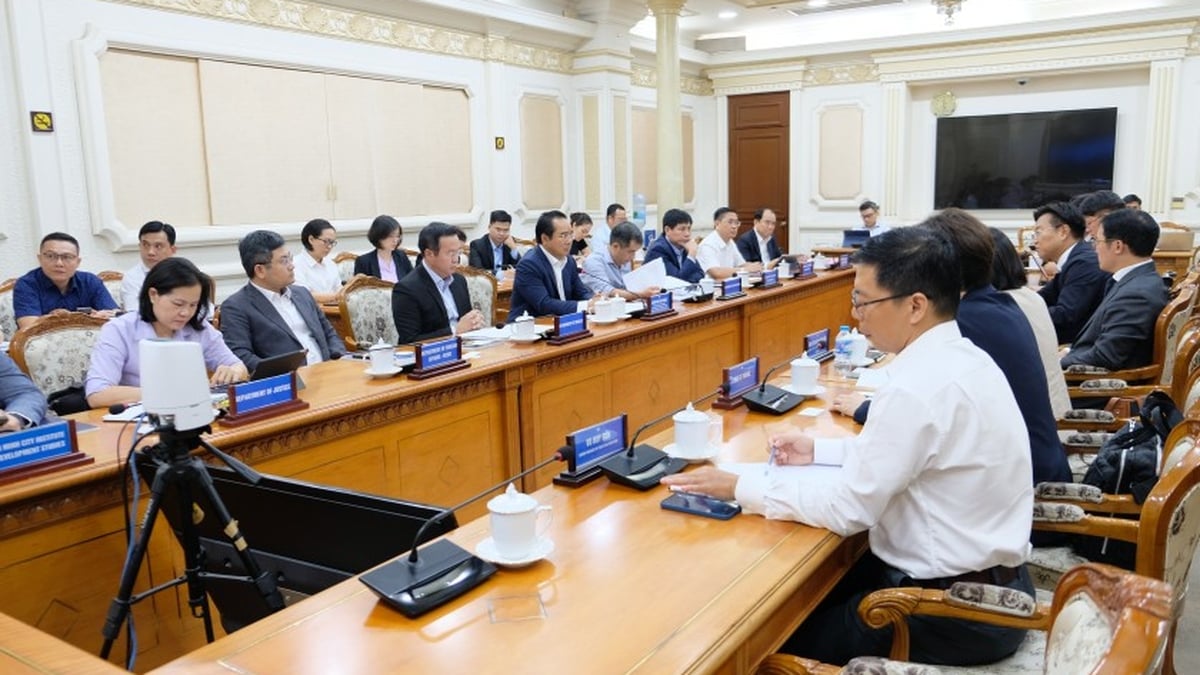
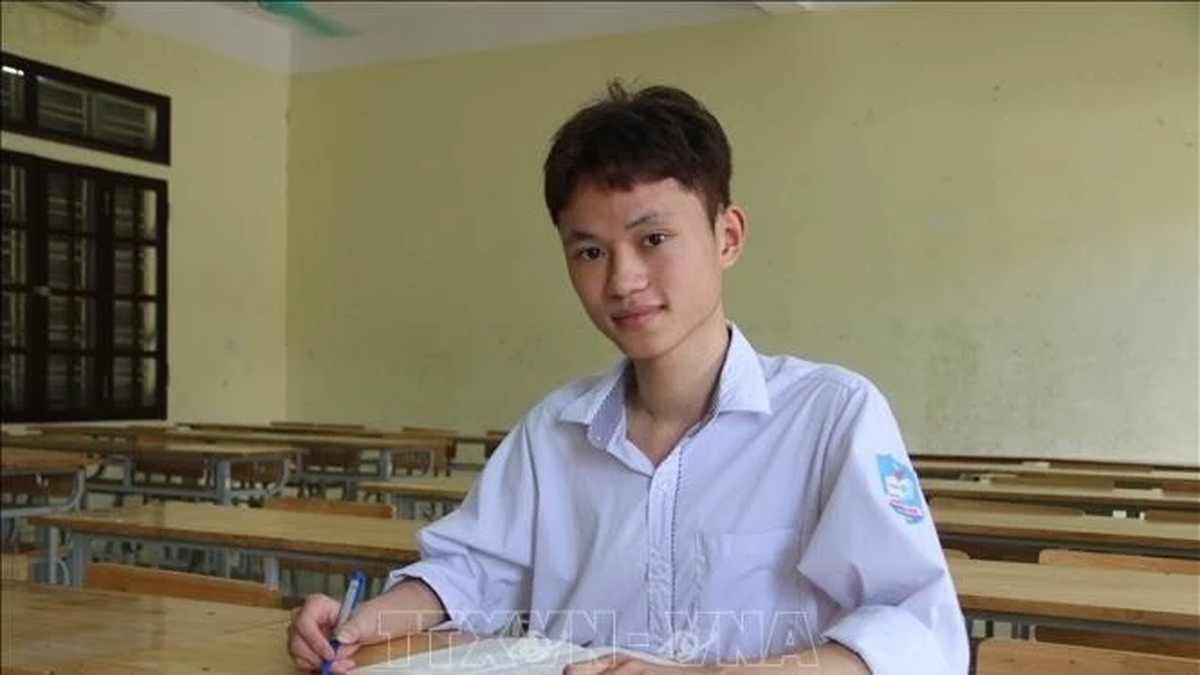
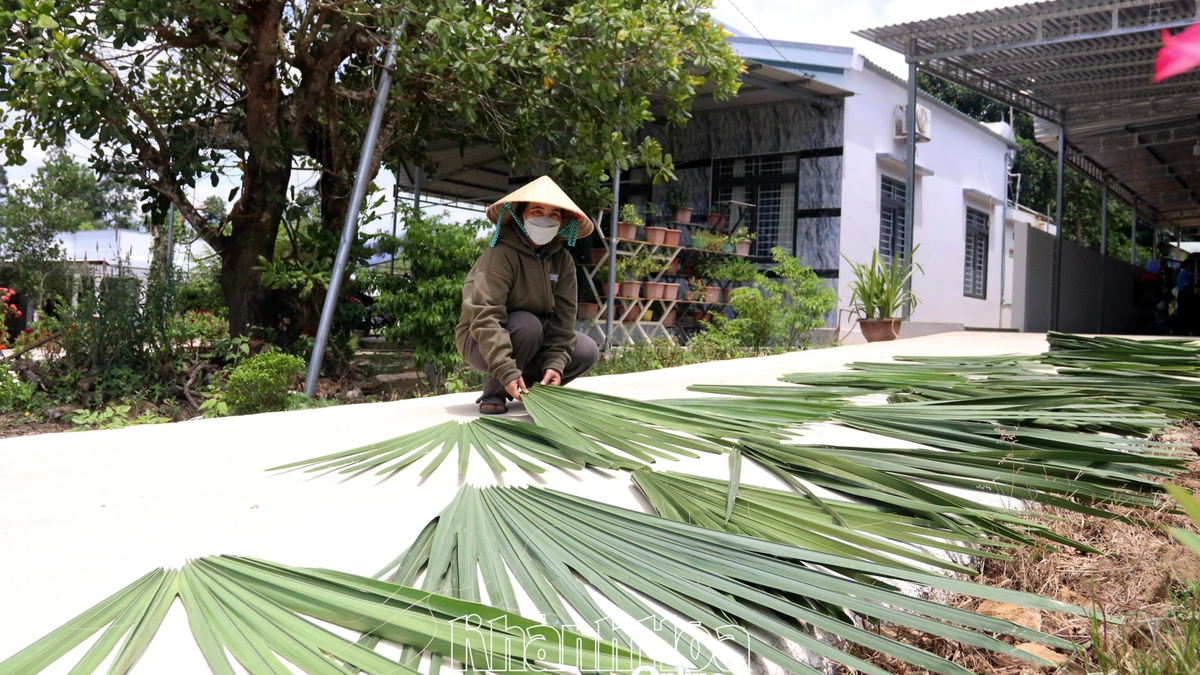








































![[Maritime News] More than 80% of global container shipping capacity is in the hands of MSC and major shipping alliances](https://vphoto.vietnam.vn/thumb/402x226/vietnam/resource/IMAGE/2025/7/16/6b4d586c984b4cbf8c5680352b9eaeb0)










































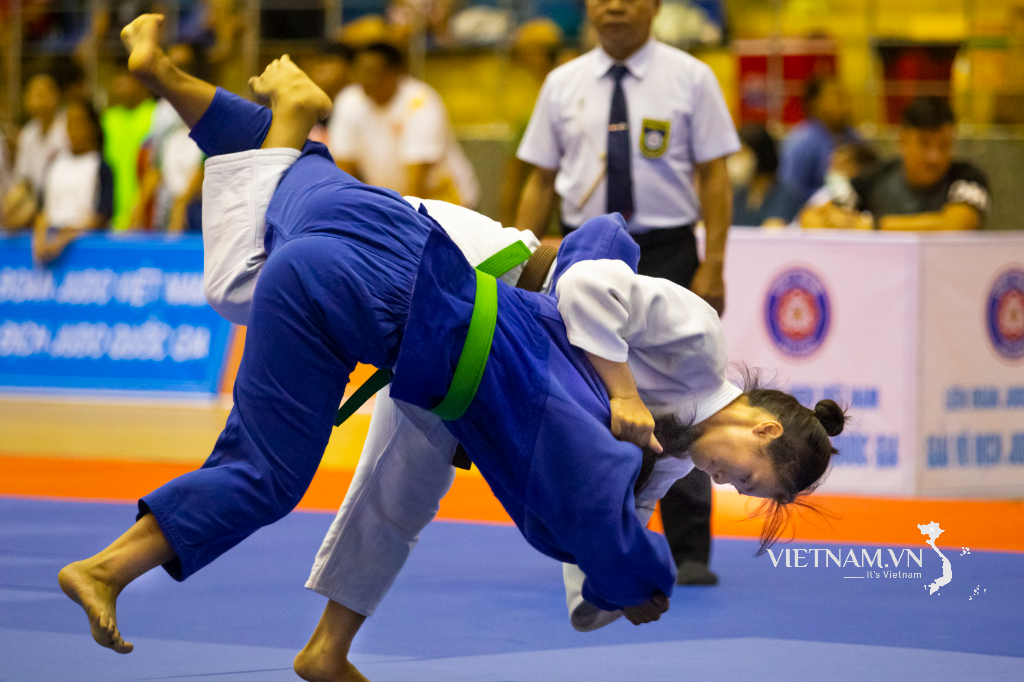


Comment (0)